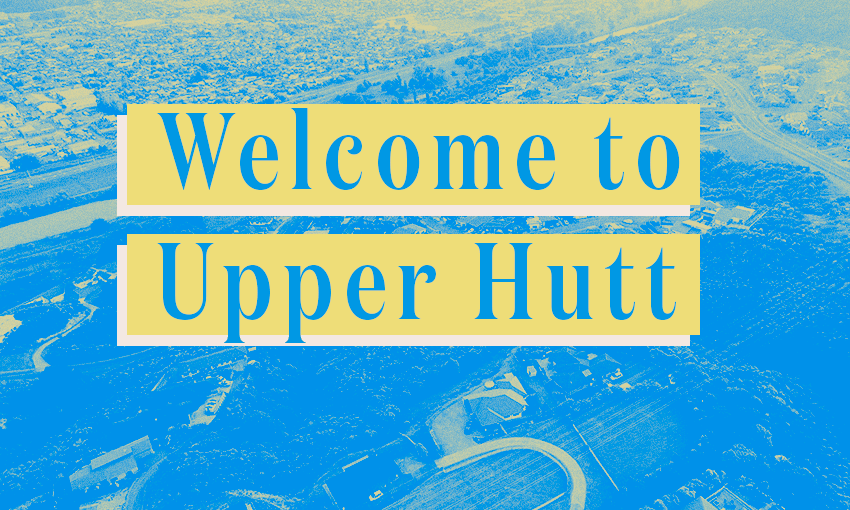The case for moving to the region’s fast-growing and unfairly maligned northern city, according to an urban planner and sustainable transport advocate who lives there.
A few years ago, a friend of mine who grew up in the Wellington suburb of Brooklyn was looking to buy a house. After months of going to open homes and finding nothing she could afford that was worth buying, she was giving up hope. When I encouraged her to look in Upper Hutt she responded, aghast, “I would NEVER buy a house in Upper Hutt.”
Well, if Wellington’s independent hearings panel and their favoured rogue economist have their way, many young and low-to-medium-income people will have no choice but to ditch Wellington for more affordable neighbouring cities. Is Upper Hutt ready for the potential boom in population? And do you really want to move there?
Upper Hutt’s urban area is sardined between a railway line and the river. It’s the dream sustainable urban form, allowing walking or biking to public transport and the city centre. The Upper Hutt City Council completed its District Plan changes to enable intensification last December. Most of the city has been upzoned to allow six- to nine-storey buildings within walking distance of the city centre and train line. The rest of the valley floor is mostly zoned for three-storey townhouses. Sensibly, Upper Hutt’s independent hearings panel considered the Hutt Valley train service to be mass rapid transit; a service with slightly less peak frequency than the Johnsonville line (which Wellington’s equivalent panel do not consider rapid transit).
Upper Hutt’s District Plan acknowledged the past but recognised that housing people is more important than keeping things exactly as they are. “It is important to recognise that the past character, densities and styles of residential development currently enjoyed by the community will develop and change over time in response to the diverse and changing needs of the community and future generations,” the plan states. Take notes, Wellington.
So, Upper Hutt has opened up land for housing, which the conventional economic evidence suggests will support greater supply and better affordability. But will there be enough demand?
Despite my friend’s disdain, Upper Hutt is a wonderful city to live in, particularly with children. We are at the more pristine end of Te Awa Kairangi (sorry, Lower Hutt) where river swims and cool trail walks in summer are a delight. There’s a covered farmers market that I suspect will soon rival the Wellington Waterfront market for size. We have Brewtown, where it’s socially acceptable to take your kids to the pub. Plus, it is hotter and less windy than Wellington.
Many Wellingtonians have already realised these perks and made the move. Upper Hutt has had stronger population growth rates than Wellington City almost every year since 2014. If Upper Hutt residents need to visit the Museum of Wellington Villas, it’s only 38 minutes by train. And as more people move to our compact but leafy city, we’ll see more businesses shift here, where their employees can afford to live. Maybe one day we’ll even get a place that makes decent roti chanai.

